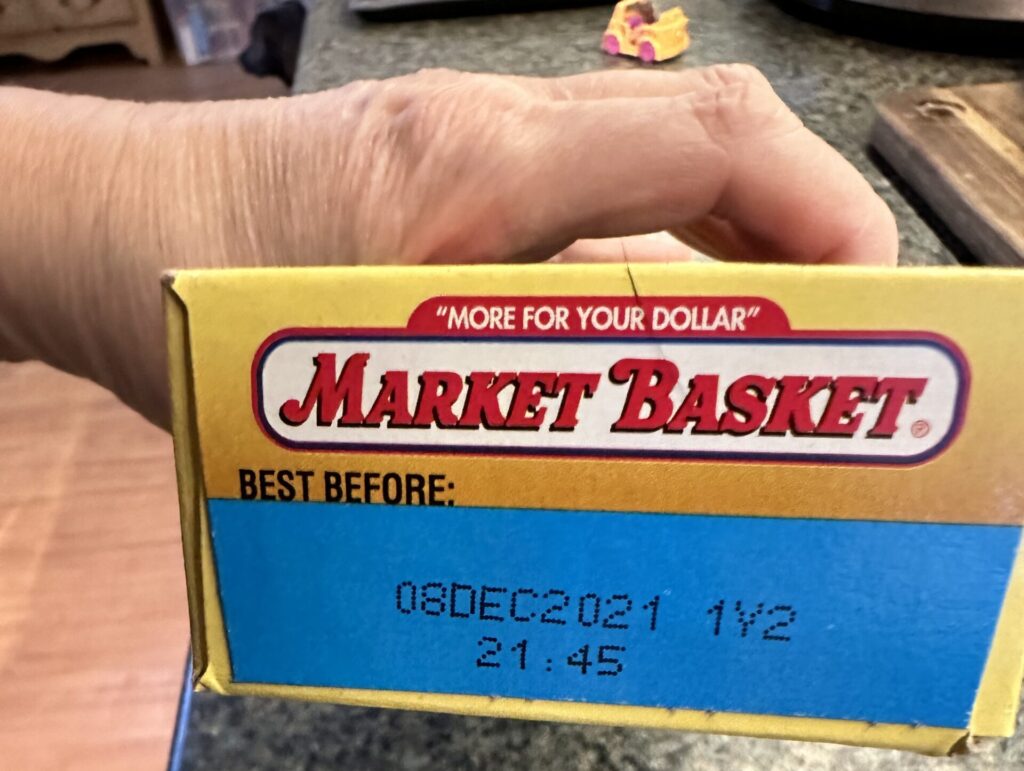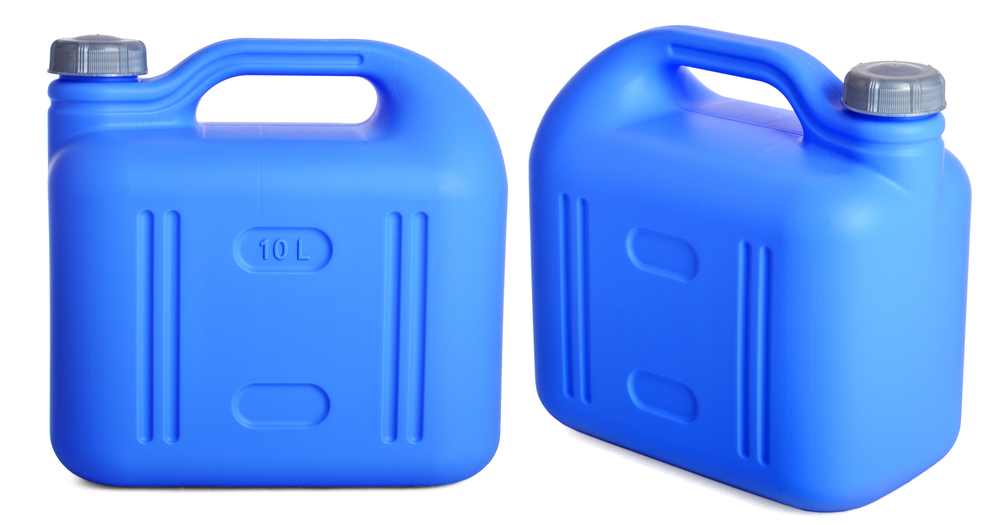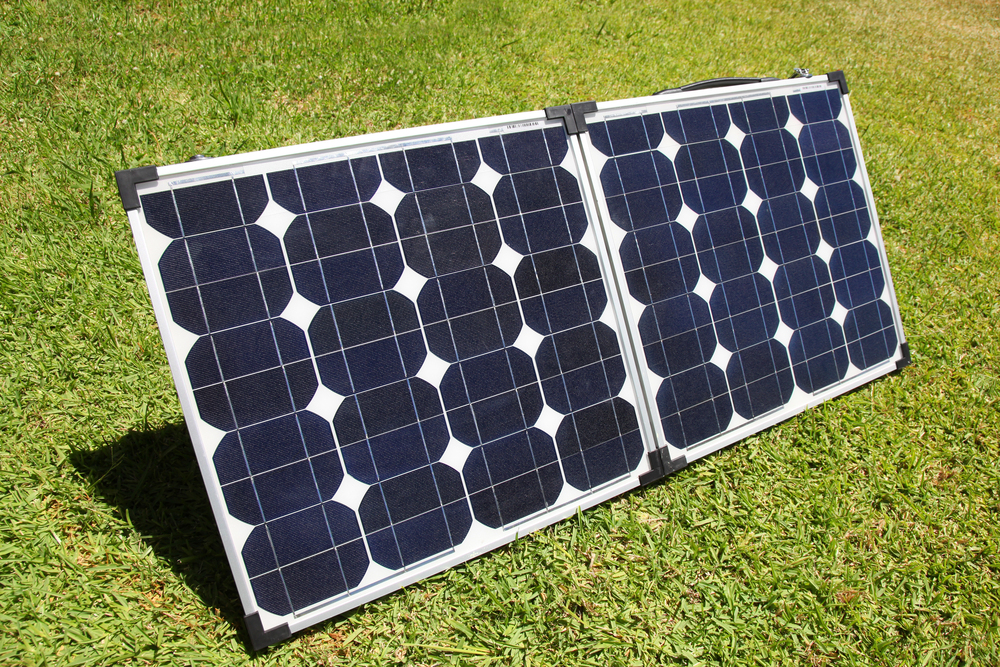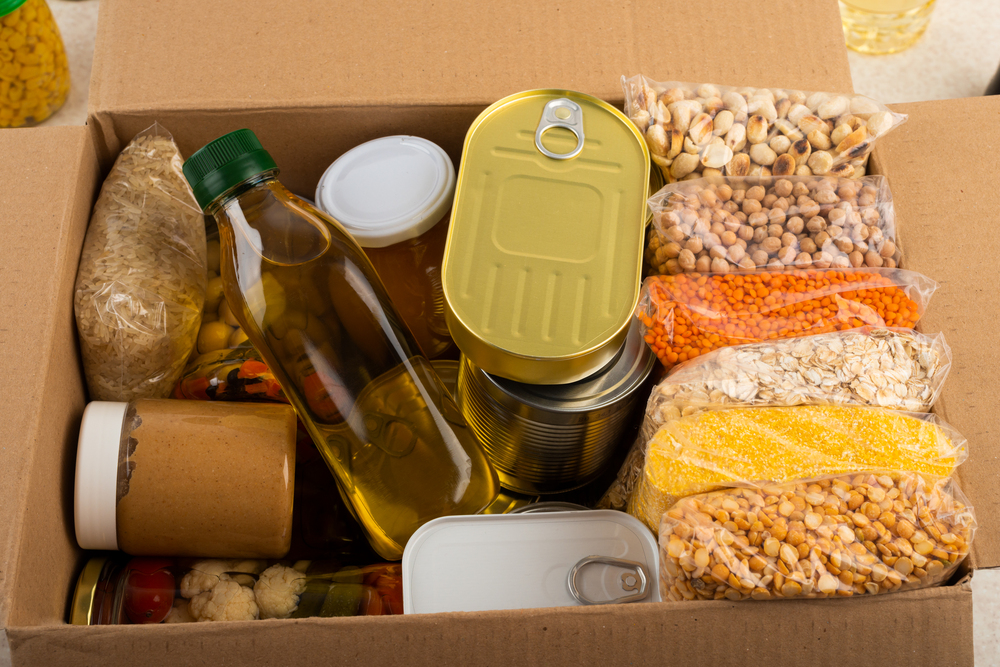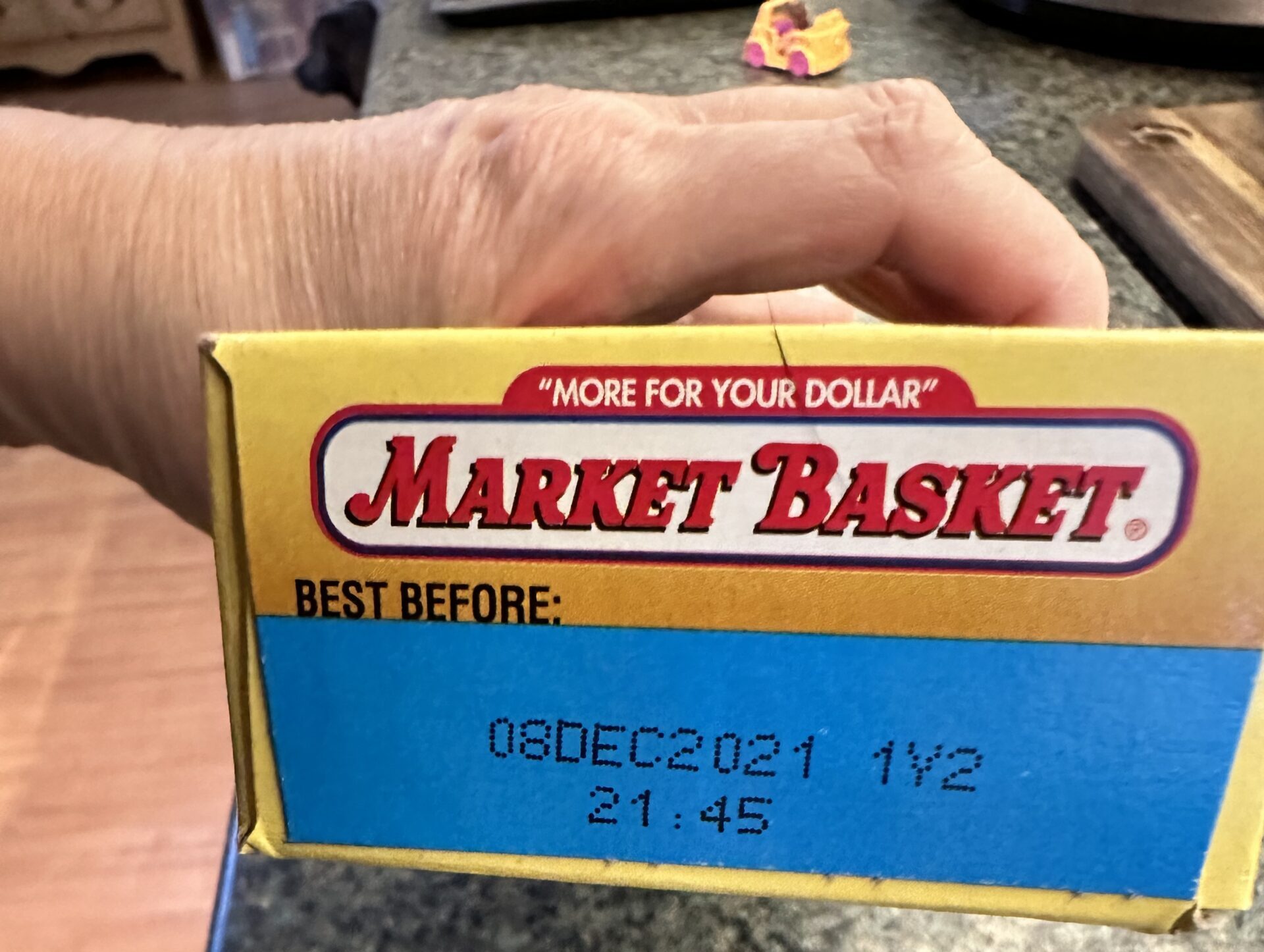
Nobody starts out an expert at anything. I’ve made a number of mistakes on my prepper journey, and they cost me time and money, but fortunately I was lucky enough that no real harm was done. I’m here to tell you my top prepping mistakes so you can learn from them, and avoid them!
Over the years, as my family grew, as my older kids moved out, as I learned more, as I moved from Florida to New England, my prepping plans changed and evolved. And yours should too.
You’ll learn new things, you’ll buy things and figure out that they don’t work for you, and your needs will likely change and evolve like mine did.
If you start out with following the steps in my prepping 101 post, you’ll be prepared for bugging in for at least a month, and you’ll have a basic bug-out bag built.
But when you’re buying supplies and making plans, there are a lot of mis-steps that you can make early on.
So, without further ado – I mean, who really needs any more ado? I think we’ve all got plenty – here are my top prepping mistakes in no particular order:
1.) Waiting until there was a storm warning before I went to the store to stock up.

Yeah, never do that, it’s miserable. As I mentioned elsewhere on this site, I did that in Florida in 2004, and that was what started my prepping journey. Now I deliberately avoid the stores when I know a major storm is coming. Do I feel a little smug about it? Maybe. I don’t enjoy jostling with desperate people who are trying to grab that last flashlight, and I don’t think being in a store full of angry, stressed-out people is very safe.
How to avoid this prepping mistake: Start stockpiling now, build up your supplies of food and water and medical supplies and toilet paper and batteries and pew-pews and candles and flash-lights, now, BEFORE you urgently need them. You don’t need to rush out and buy everything all at once. Make a list of the non-perishable foods that you and your family like to eat, and add at least a few of them to your grocery list every week.
2.) I didn’t follow the rule of FIFO
FIFO is a popular prepper acronym for first in, first out. It means you rotate your food, and eat the oldest food first and then you replace it. Otherwise, a lot of the food that you’ve paid for will go bad over time.
When I first started prepping, I let a lot of food expire, and it occasionally still happens. If you look at the picture at the top of this post, that pasta expired several years ago. (Now, I personally am going to eat that pasta. I am not telling you to eat food that is past it’s expiration date; that is up to you and your comfort level.) Obviously common sense plays into this. Anything with an off smell, with visible mold, dented or rusty cans, or other signs that it may be unsafe, I’m not eating.
Are food expiration dates accurate? The USDA says that food expiration dates are for quality, not food safety, but again, a simple rule of thumb is that if the food looks or smells off, don’t eat it. That goes for food that has expired but also for food that has not expired, of course.
Even if the expired food is safe, though, it does lose flavor and nutrients over time.
How to avoid this mistake: Make sure that you keep the oldest food in the front of your pantry, and the newest food in the back, and keep rotating. Remember FIFO and you’ll save a lot of money.
3.) Bought Recommended Food, Instead Of Food I like
Another mistake was buying food that I thought I should buy, rather than food that I enjoy eating. I don’t like lentils, but I kept seeing them recommended so I bought a lot of them. I eventually gave a bunch of bags of lentils away. Are you letting food sit in your pantry for a long time because…you hate it? That food is taking up valuable space that you need to store food that you, and your family will actually love.
Of course, if you’re starving, you’ll have to eat what’s available, but eating food you can’t stand is not just unpleasant, it’s likely to lead to reduced appetite, and possibly not getting enough nutrients. In a high-stress, SHTF situation, you need calories and you need nutrients more than ever.
Also, kids can be notoriously picky eaters. Make sure that what you buy is not only non-perishable but is food that they would enjoy eating. In a scenario where you’re living off your supplies, you might be able to force them to eat food they hate, but why make a stressful situation even worse?
4.) Didn’t Plan Our Nutrients Carefully
Another prepper mistakes I made was not thinking about the nutrients in the non-perishable food that I was buying. For a while I was pretty carb-heavy, focusing on old standards like beans and rice, because they last a long time. If you’re in an SHTF scenario that lasts months or years, you need some variety or you’re going to end up losing your appetite, and you also need to make sure that you’re covering all of your nutrient needs.
Did you know it only takes 2 to 3 months without Vitamin C to get scurvy? True story.
What to do: Buy Ascorbic Acid. Vitamin C in the form of Ascorbic acid remains potent for years.
And, make sure that when you are stocking up on your long-term food supply, you have a good balance of protein, carbohydrates, vegetables and fruits.
Honey lasts forever, has a variety of prepper uses, and is a good sugar substitute.
5.) Didn’t plan sufficiently for a long-term power outage
This is one of my early prepping mistakes. When we moved to New England, we rented a house with a wood stove and a good supply of wood. In the middle of the winter, the power went out. That meant we had no running water.
The situation was not good. Roads were impassable for days. Power lines were down everywhere; I wouldn’t have felt safe stepping over them to go for help. My cell phone wasn’t working because power was out.
I had lots and lots of dehydrated food. I needed water to re-hydrate it, water to flush toilets, water to brush our teeth, water to drink, water for my dogs.
I did have a good supply of hygiene wipes, fortunately.
I had never melted snow to get water before. Turns out snow is mostly air and melting snow to get water is massively inefficient. Also it was cold AF out, and I did not enjoy my many snow-fetching trips.
What you can do: I can not recommend a generator strongly enough. If you can’t afford a whole-house generator, even a small generator that you can use a few hours a day can be a lifesaver. It will let you run your water, maybe run the oven so you can cook, recharge any rechargeable batteries that you have…just remember to NEVER EVER keep a generator inside the house. They are safe when used properly; they are deadly when used improperly.
If you don’t have a generator, make sure that you have enough water for washing, drinking, brushing teeth, re-hydrating food, and flushing your toilet. Buy safe indoor cooking stoves that do not rely on electricity.
Also, make sure that you have light sources that you can use safely at night, and that you have a way to heat your house if you can’t rely on your furnace.
A good way to stay warm is to use small pop-up tents and sleeping bags, and sleeping bag mats. When it’s cold out, and you have no power, you can sleep in the tents and your body heat will warm up the small enclosed space. You need sleeping bag mats because sleeping on the floor is not just uncomfortable; a cold floor can leach vital body heat.
6.) Let Myself Get Out Of Shape

All those great items we pack in our bug-out bag aren’t going to be worth jack if we keel over from a heart attack before we’ve even made it out of our subdivision.
You need to get fit, and stay fit, and so do your children. Don’t wait until it’s bug-out time when you’re fleeing for your lives to realize that your children are not only unable to carry their own bug-out bags – yes, you need to pack bug-out bags for kids – but they can’t even walk a mile. You’re not going to leave your kids behind – so in this case, your family is SOL.
Find fitness activities that your kids will enjoy, and which will build up their cardiovascular endurance so that they are capable of walking at least a few miles while carrying their own bug-out-bag.
I highly recommend getting your family involved in hiking. There’s no better prep for possibly having to bug-out on foot. We all pray that never happens, but we need to be prepared for anything.
7.) I Got Lazy About Practicing Routines
“Failing to plan, is planning to fail.” If we need to get out of the house quickly, we need to be able to grab our backpacks, and go. When I first started prepping, I just bought backpacks and filled them up with the necessary supplies.
Then I decided to have a drill. It took us all a ridiculously long time to get our backpacks on, and buckled up. After that, I had us all practice until we could do it quickly.
I also realized that I needed to show my kids every thing in the backpacks, and train them how to use water purifying tablets and systems, how to use a safety whistle if they got lost, how to use a map and a compass, etc.
What you can do: Learn how to quickly put on your backpack, and have your kids do the same with their bags. Grab a timer, and make a game out of it. Go through everything in your bug-out bags and teach them how to use each item.
Do the same with any other safety routines that you and your children have. Teach them how to safely cook food with a mini-stove, if you’re ever not around. Teach them how to safely build a fire. Teach them what to do if the house is on fire.
Teach them basic first aid, and go over your lessons regularly.
8.) Hyper-Focusing On One Aspect Of Prepping
After the hurricanes in Florida, I was obsessed with stockpiling supplies. Food, light, water, water purification – I wanted it all.
However, there were big gaps in my knowledge and training. I was prepared for a short-term SHTF scenario in which we were able to stay home, or had to bug-out somewhere for a few days. I was not prepared for a disaster which might last months or years, or for a TEOTWAWKI situation. Stockpiled food will eventually run out.
I needed to step up my first aid game, learn how to garden, learn the routes in my area, do more pew-pew practice, get in better physical shape, and learn how to navigate without GPS.
What you can do: Don’t hyper-focus on just one area of prepping. If you have knowledge but no supplies, asses what you will need for your family to survive for at least a few months without a visit to the grocery store and without power or running water. Start small if you have to; prepare for a few days, then a few weeks, and then a few months.
If you have supplies, great! Do you think that you have enough knowledge to survive long-term in a grid-down situation? If not, assess what knowledge you currently have, figure out what the gaps are, and start learning and training now.
Some skills that will help you survive TEOTWAWKI:
- Gardening
- First Aid
- Self defense and home defense
- Canning and preserving
- Raising livestock, even if it’s something small like chickens and meat rabbits
- Sewing
- Knitting
- Basic carpentry
- Basic engine repair
- Soap-making
- Candle-making
- Water purification
So look over my list of rookie prepper mistakes, and hopefully I’ve helped you spot some areas where you can brush up on your skills, knowledge or everyday practices, to save you money, time, and maybe save a life.
